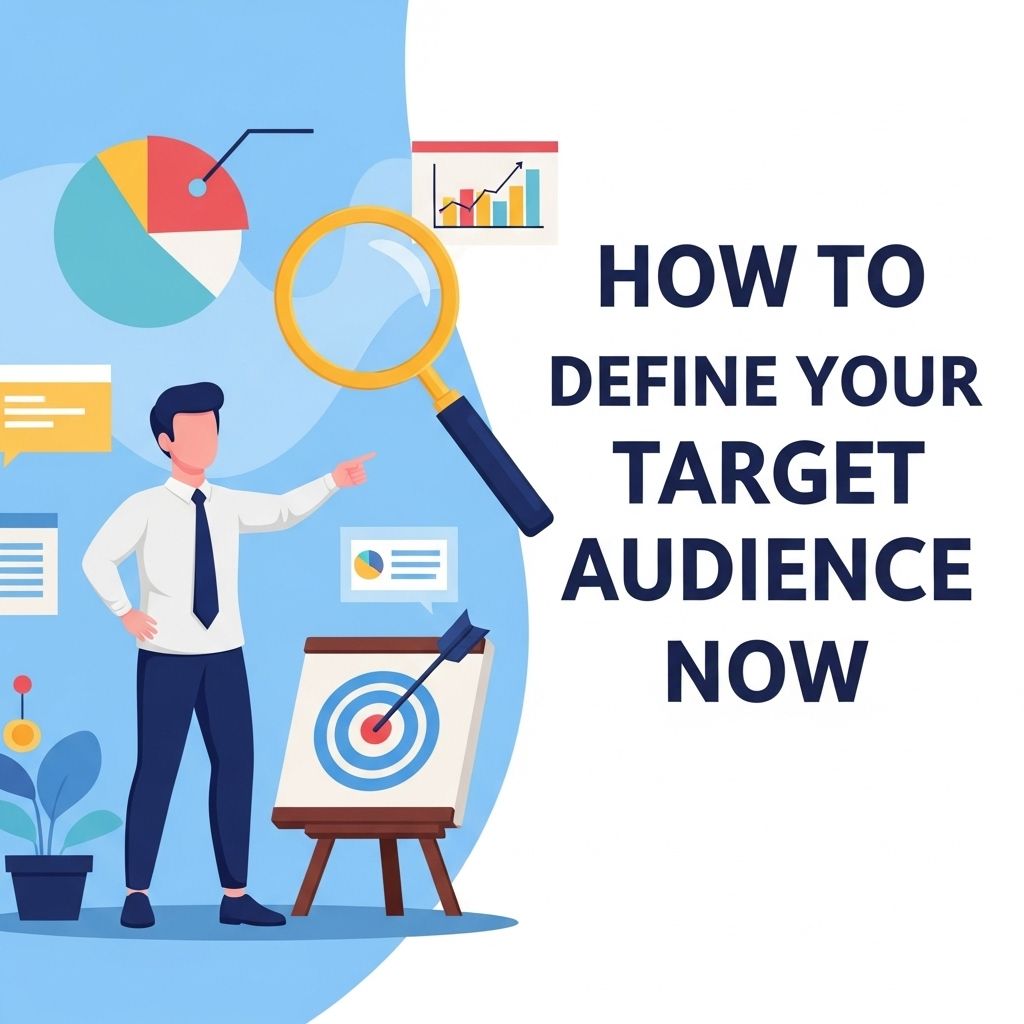In today’s digital marketplace, the convergence of technology and marketing has transformed the way brands interact with consumers. Successful partnerships between brands and influencers or other companies can lead to fruitful business opportunities. However, navigating the world of brand deals requires strategic planning, creativity, and an understanding of the market. Here, we discuss several strategies that can empower brands to not only secure lucrative deals but also maintain fruitful partnerships that drive long-term success.
Understanding Your Audience
Before you can create effective brand deals, it’s essential to have a deep understanding of your target audience. This includes demographic details, preferences, behaviors, and pain points.
Key Considerations:
- Demographics: Age, gender, location, and income levels.
- Psychographics: Interests, motivations, and lifestyle.
- Behavioral Data: Purchasing habits and engagement patterns.
Conduct surveys, analyze web traffic, and engage with your audience on social media to gather valuable insights. The more you know about your audience, the better you can tailor your brand deals to meet their needs.
Building a Strong Brand Identity
A robust brand identity sets you apart in a crowded marketplace. It encompasses your values, voice, and visual elements.
Elements of Brand Identity:
- Logo: A memorable and versatile logo that reflects your brand.
- Color Scheme: Consistent use of colors that evoke the right emotions.
- Brand Messaging: Clear communication of your brand’s mission and values.
Investing time in developing a cohesive brand identity is crucial when entering into brand deals. It helps establish trust and recognition, which are vital for attracting partners.
Networking and Relationship Building
Forming meaningful connections is critical in the world of brand deals. Networking can lead to opportunities that might not be readily apparent.
Effective Networking Tips:
- Attend industry conferences, webinars, and trade shows.
- Engage with professionals on platforms like LinkedIn.
- Leverage social media to connect with potential partners.
Once you establish connections, nurture those relationships. Regularly communicate through emails, phone calls, or meetings to discuss potential collaborations.
Creating Value-Driven Proposals
When pitching a brand deal, it’s essential to demonstrate the value you can bring to the partnership. A well-crafted proposal should highlight mutual benefits.
Components of a Value-Driven Proposal:
- Overview of Your Brand: Brief description and history.
- Target Audience Insights: Data on who you reach and how.
- Partnership Opportunities: Outline potential collaboration methods.
- Measurement Metrics: How success will be measured.
Sample Proposal Structure:
| Section | Description |
|---|---|
| Introduction | Overview of the proposed partnership. |
| Objectives | Goals for both parties. |
| Execution Plan | How the partnership will be implemented. |
| Budget | Financial considerations and expected ROI. |
Leveraging Technology and Data
Incorporating technology into your brand strategies can streamline processes and enhance outcomes. Utilize data analytics tools to measure performance and understand market trends.
Tools to Consider:
- Google Analytics: For tracking website performance.
- Hootsuite: To manage social media efforts.
- BuzzSumo: To analyze content performance and engagement.
By leveraging these technologies, brands can adapt their strategies based on real-time data, ensuring that they remain relevant and competitive.
Crafting Compelling Content
Content is king in the digital age. Producing high-quality, relevant content can significantly enhance the effectiveness of brand deals.
Content Types to Explore:
- Blog Posts: In-depth articles that provide value.
- Videos: Engaging visuals that illustrate your message.
- Infographics: Simplified data presentations.
When creating content as part of a brand deal, always ensure that it aligns with both your brand and your partner’s objectives. Authenticity is key to resonating with audiences.
Evaluating and Adjusting Strategies
Finally, it’s vital to regularly evaluate the success of your brand deals. This involves analyzing performance metrics and gathering feedback from partners.
Evaluation Metrics:
- Engagement Rates: Likes, shares, and comments on content.
- Conversion Rates: Percentage of leads that turn into customers.
- Brand Awareness: Growth in brand recognition and audience reach.
Based on the feedback and data analysis, be willing to make adjustments to your strategies to improve future brand deals. Flexibility can lead to better outcomes and more successful partnerships.
In conclusion, thriving in the realm of brand deals requires a blend of strategic foresight, strong audience understanding, and effective communication. By implementing these strategies, brands can build successful partnerships that not only yield short-term results but also foster lasting relationships in the long run.
FAQ
What are effective strategies for securing brand deals?
Effective strategies for securing brand deals include building a strong personal brand, networking within your industry, showcasing your audience demographics, creating engaging content, and consistently demonstrating value to potential partners.
How can I build a strong personal brand to attract brand deals?
Building a strong personal brand involves defining your niche, sharing authentic content, engaging with your audience, and maintaining a consistent online presence across platforms.
What role does audience engagement play in brand deals?
Audience engagement is crucial for brand deals as it demonstrates your influence and connection with your followers, making you a more attractive partner for brands looking to reach a specific demographic.
How can I showcase my audience demographics to brands?
You can showcase your audience demographics by providing analytics from your social media platforms, sharing insights about your audience’s interests, and presenting case studies of previous successful collaborations.
What types of content are most attractive to brands for partnerships?
Content that is authentic, relatable, and aligns with the brand’s values is most attractive. This includes high-quality visuals, storytelling, and engaging videos or blog posts that resonate with your audience.
How can I demonstrate value to potential brand partners?
To demonstrate value to potential brand partners, share metrics from past campaigns, highlight your engagement rates, and present creative ideas for collaboration that align with their marketing goals.




